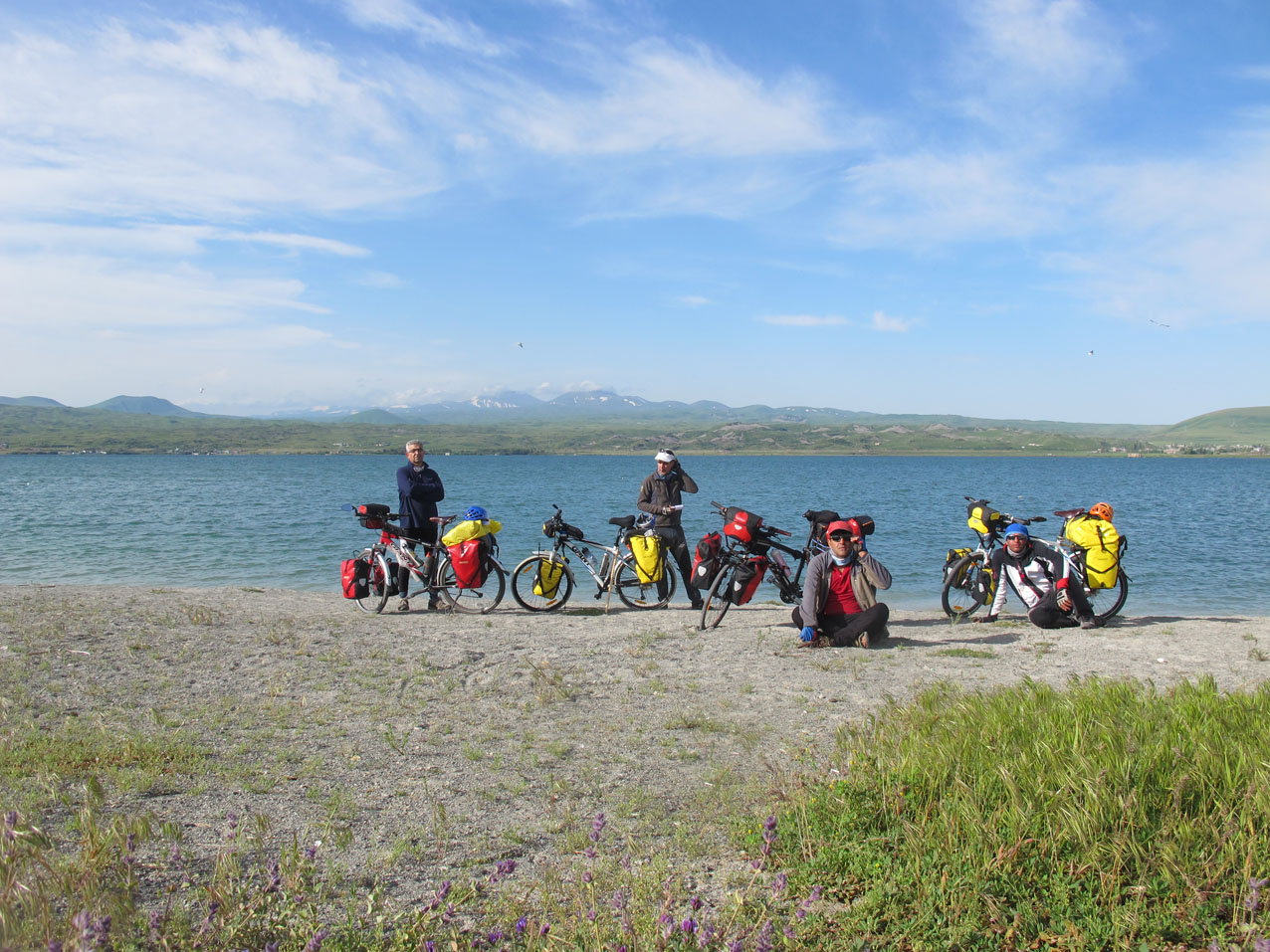The Ministry of Sports and Youth Affairs is making plans to provide affordable travel facilities for the youth in cooperation with Iran's Cultural Heritage, Handicrafts and Tourism Organization, youth NGOs and the private sector.
"The plan for low-cost tourism clearly outlines the responsibilities of every government body and prevents a potential overlapping of tasks," said Mohsen Talaei, director of national youth schemes at the ministry, ISNA reported.
Accommodation and transportation are the two major expenses that increase the costs of a holiday, hence the plan focuses on moderating these costs.
"Young tourists in the world seldom travel by plane and choose cheap modes of transportation and stay in camps," he said.
The plan aims to improve the lodging capacities of rural areas and encourage municipalities to develop safe campsites with adequate facilities in natural and historical places. Youth travel has been a steadily-growing industry for years. There are more than 16,000 student tour operators and travel agencies estimated in this market worldwide. The youth travel market accounted for over 20% of all international arrivals in 2014 (accounting for 227 million arrivals and $250 billion).
In the 1990s, it represented 15% of the tourism market, which has increased to 20% in the last decade and is expected to reach 25% in the near future.
A conservative estimate predicts that the youth and student travel market will reach 300 million arrivals by 2020 and represent $320 billion in market value.
To improve their youth tourism, many countries are developing their hostel sector and promoting cheaper forms of travel.
Youth hostels s provide budget-oriented, sociable accommodation where guests can rent a bed, usually a bunk bed, in a dormitory and share a bathroom, lounge and sometimes a kitchen. They are aimed mainly at young people on walking or cycling tours.
Backpacking is also a growing trend worldwide suitable for young individuals. It is a form of low-cost, independent travel that includes the use of a backpack that is easily carried for long distances or long periods of time, the use of public transport, inexpensive lodging such as youth hostels and often a longer duration of the trip when compared with conventional vacations.


